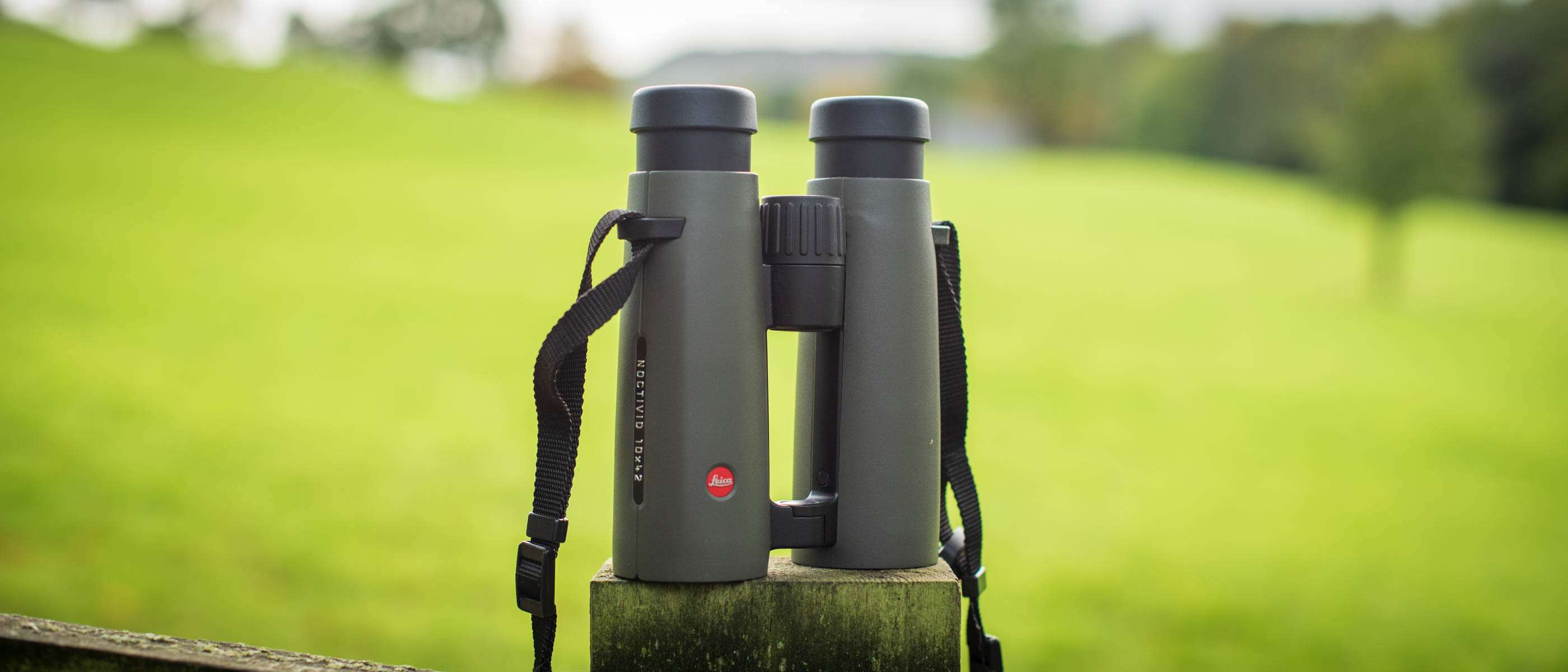Live Science Verdict
The beautiful olive green edition of the Leica Noctivid 10x42 binoculars look stylish, pack a punch optically, and as well as being our favorite Leica binoculars, could possibly our favorite 10x42 binoculars ever.
Pros
- +
Stunning olive green edition finish
- +
Inconspicuous locking diopter wheel
- +
No chromatic aberration
Cons
- -
Premium price point
- -
Black color not as attractive
- -
No tripod adaptor
Why you can trust Live Science
The Leica Noctivid 10x42 binoculars come in both olive green and black colorways and 8x and 10x magnifications for each color. They cost a pretty penny (the best part of $4,800) so they will be out of the price range for all but the most committed observers. However, for the money you will get beautiful pair of binoculars that will stand out in any collection.
Design: Roof prism
Magnification: 10x (8x also available)
Objective lens aperture: 42mm
Angular field of view: 6.4 degrees
Eye relief: 19mm (0.74-in)
Weight: 1.9 lbs (862 g)
Dimensions: 4.88 x 6.06 x 2.68-inches (124 x 154 x 68 mm)
Fortunately they're not style over substance — excellent optical clarity is brought about through high-quality lens coatings, and the strong but lightweight magnesium body means this a pair is built to last.
Utilizing the same SCHOTT HT (High Transmission) glasses as found in the slightly beefier Ultravid HD-Plus binoculars, we found excellent color reproduction and bright views even on murkier, overcast days. But are they worth the big price tag and who are they made for? Let's take a closer look.
Leica Noctivid 10x42 binocular: Design
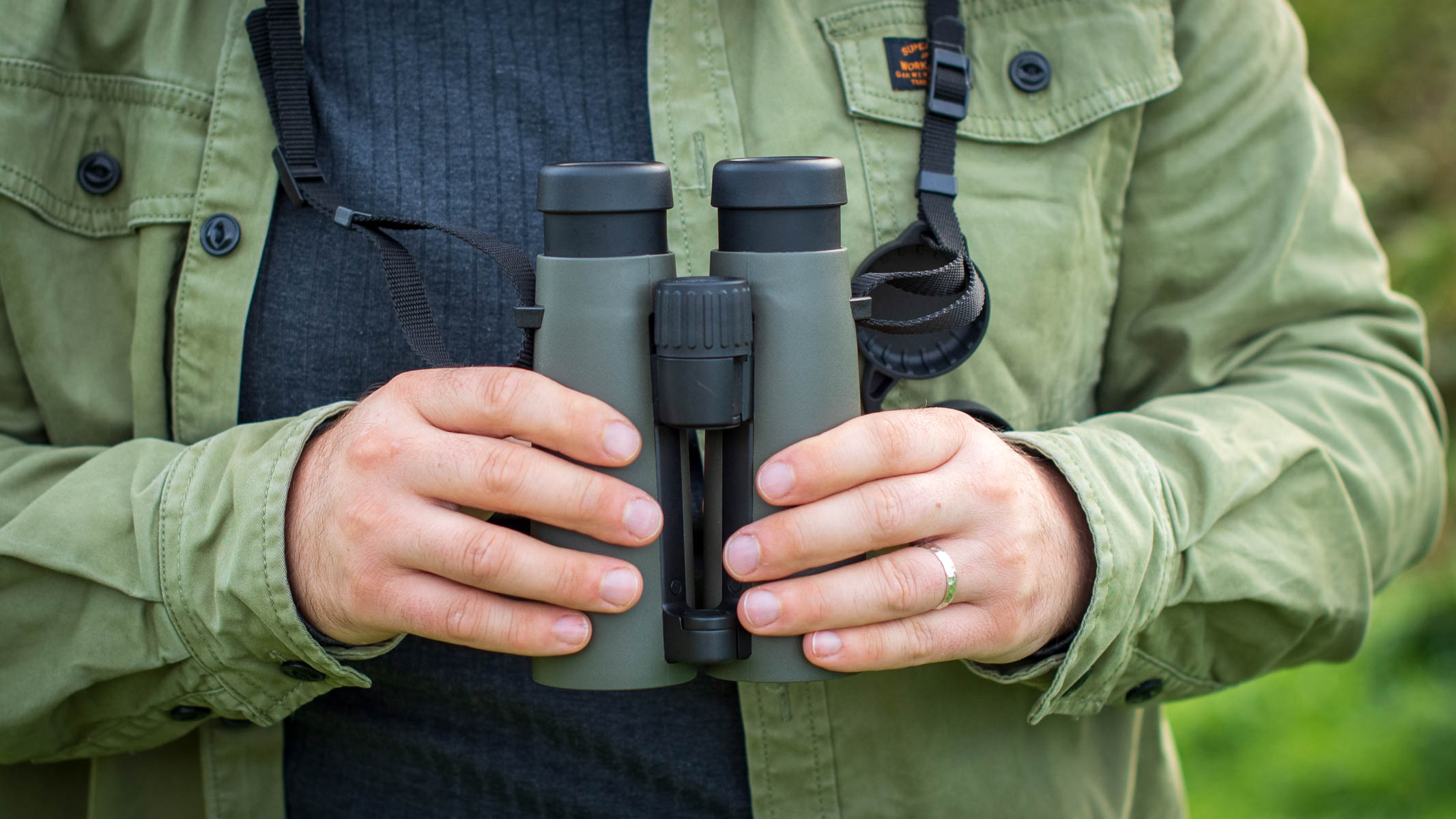
- Patented surface coating and all-round rubber armoring provide durability
- Weighty feel in the hand makes them feel legitimately premium
- Absolutely stunning olive green edition makes these beautiful
We are incredibly enamored with how the Noctivid olive green edition binoculars look and feel. A leafy, muted green rubber is finished with a matte appearance and wraps all the way around the binocular body, right up to the eyepiece assembly. Set against wild foliage these camouflage wonderfully, but also stand out in their own right even when placed on the wooden surfaces inside bird hides or on the kitchen table at home.
It's not just for looks though, there's also a patented surface coating that Leica touts has a hardness class 8. We're not quite sure what this means, but it covers all exposed metal parts of the binoculars, which predominantly appears to be the metal hinges and mounting assembly in the center of the binoculars, finished in a matte black.
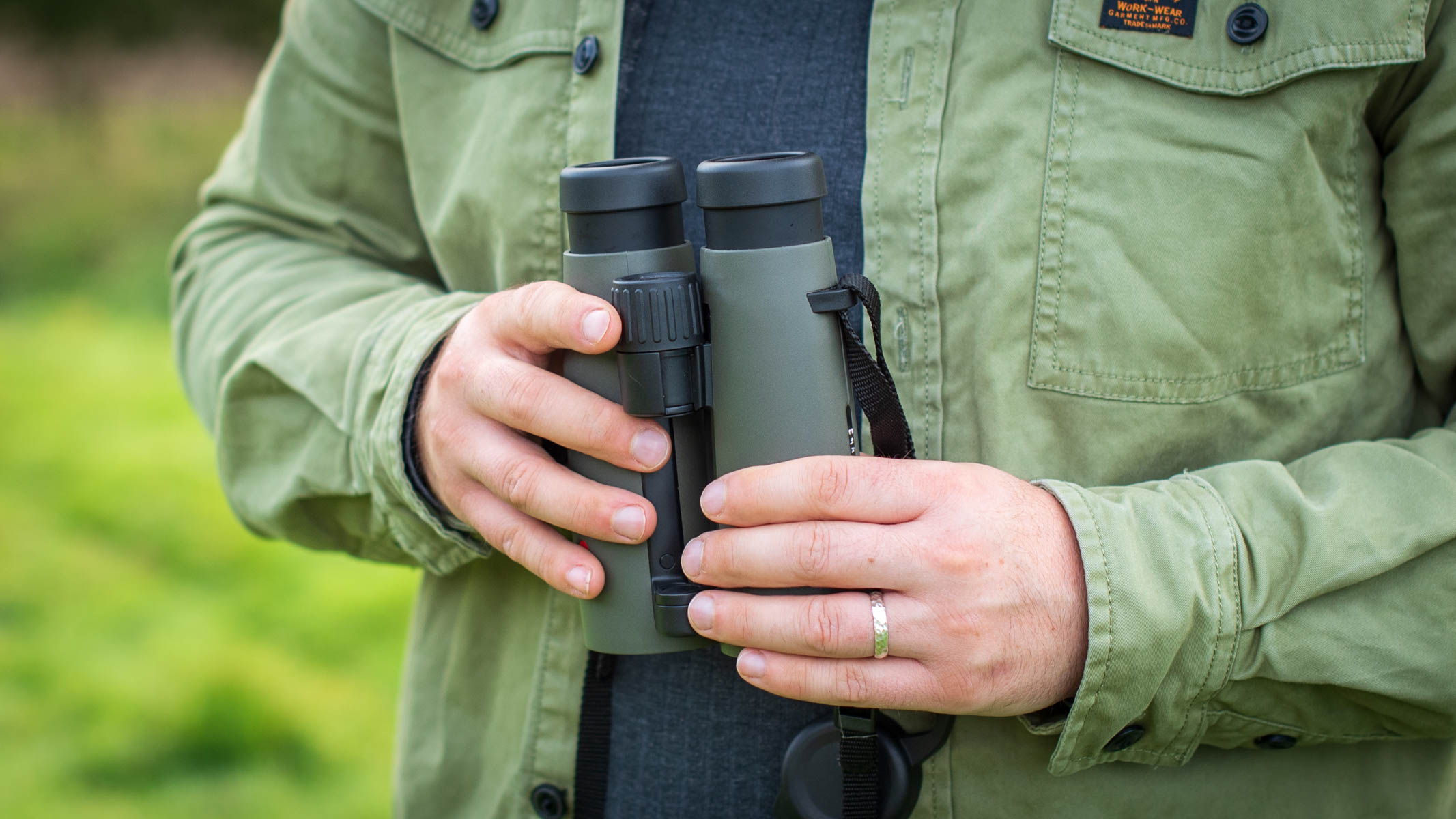
The roof prism design means the shoulders of the Noctivids remain slim, and with dimensions of just 4.88 x 6.06 x 2.68-inches (124 x 154 x 68 mm), while not the smallest 10x42 binoculars we've ever handled, slip easily away into the provided carry bag or a large jacket pocket without hindrance.
Despite a nitrogen-filled magnesium internal construction, these binoculars aren't that lightweight. At approximately 30.4 oz (862 g) they're certainly weighty in our hands but not overly heavy. They feel like a premium binocular stacked with high-quality glass, packed tightly — a legitimately weighty loft.
Get the world’s most fascinating discoveries delivered straight to your inbox.
Leica Noctivid 10x42 binocular: Performance

- No visible chromatic aberration or coma distortion present
- Eyepiece lenses are massive and comfortable to observe with
- Waterproofing is useful when caught out in a storm
The Leica Noctivid 10x42 binoculars might be one of the only binoculars we've tested where we've been unable to discern any kind of chromatic aberration (color fringing) around contrasted subjects, nor any significant coma distortion to note. This in and of itself better represents accurate naked-eye viewing of subjects, albeit with a 10x magnification, but it doesn't stop there.
The binoculars have HDC Plus-multicoating and AquaDura lens coating to keep light transmission maximized and repel water when used out in the elements. They are waterproof down to a depth of 5 meters (16.5 ft) and their nitrogen-filled barrels mean they won't fog up when moving between hot and cold locations.

These binoculars provide a humungous 19mm of eye relief, probably equally the biggest we've encountered on any pair of binoculars, so eyeglasses wearers should be able to continue to observe without the need to take off their spectacles.
Comparing the eyepiece lenses to the Leica Trinovid 10x42 HD binoculars, it's obvious that the Noctivid's are massive for a binocular of this magnification. All that extra light flowing through the two optics maximizes photons passing through and into our eyes providing bright views.
Leica Noctivid 10x42 binocular: Functionality
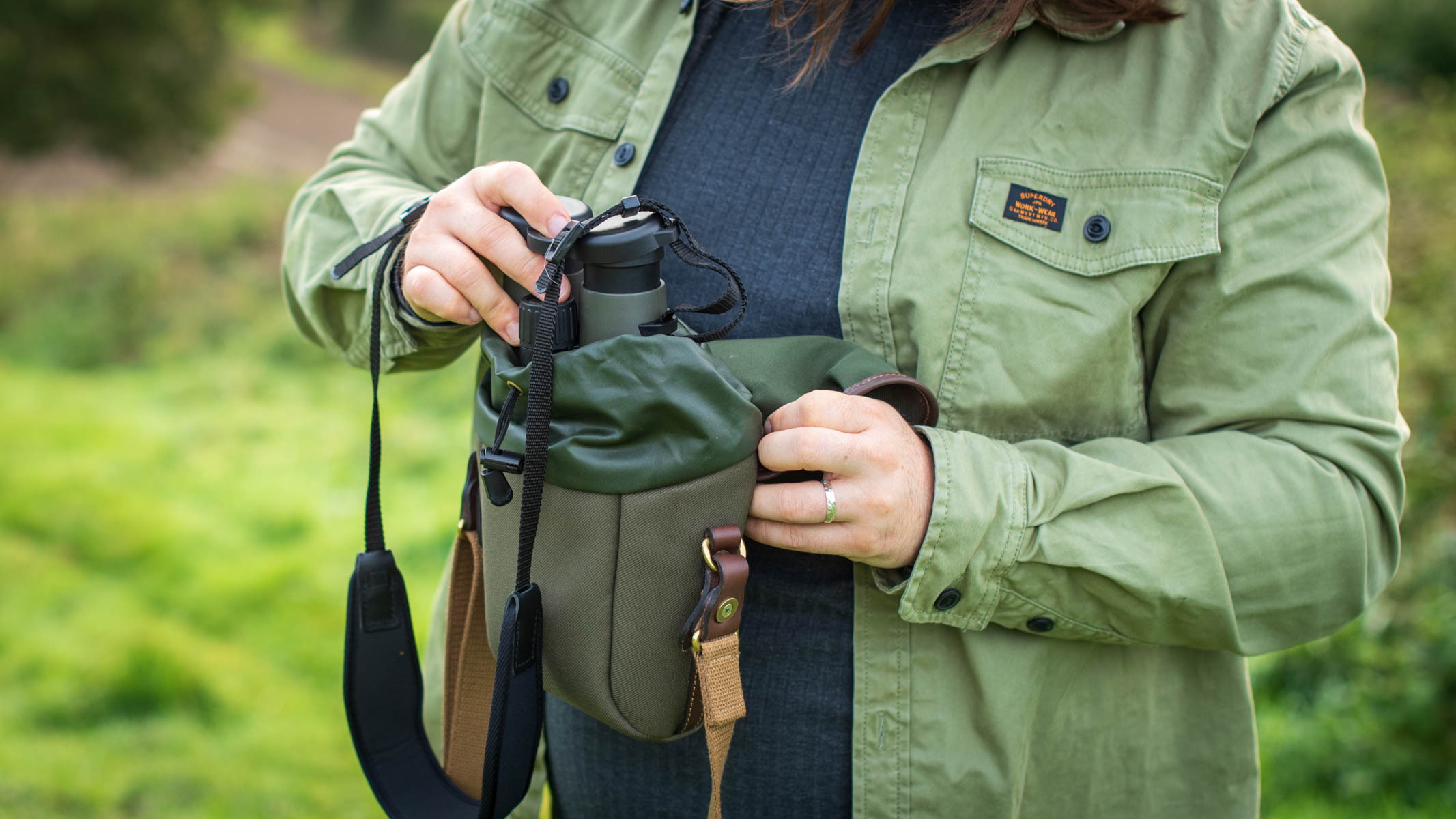
- Slick diopter wheel built into main focusing wheel
- Lacks a tripod mounting point
- Eyepiece cup assembly can be removed for cleaning
The Noctivid binoculars are clearly built to last, with Leica implementing multiple design improvements over the traditional binocular ergonomics. The first stand-out is the diopter ring that sits in the central hinge and lives as part of the main focusing wheel. Simply pull the wheel towards the eyepieces gently and the wheel separates, which allows us to dial in focus on the right eyepiece. This is identical in operation to the Ultravid 8x50 HD-Plus binoculars, except we believe the Noctivids have the Ultravids beat in terms of finish.
Only one part of the focusing wheel is textured and that's because that is the only part that swivels around. Unlike the Ultravids which have two separate rings within the central wheel, the Noctivids utilize the same wheel and leave the focusing mechanism switch-up inside the hinge, invisible. This makes a much neater finish, in our opinion, and the gauge on the rear of the wheel provides a reference to how much positive or negative compensation has been set. We were really impressed with this easily overlooked bit of functionality.
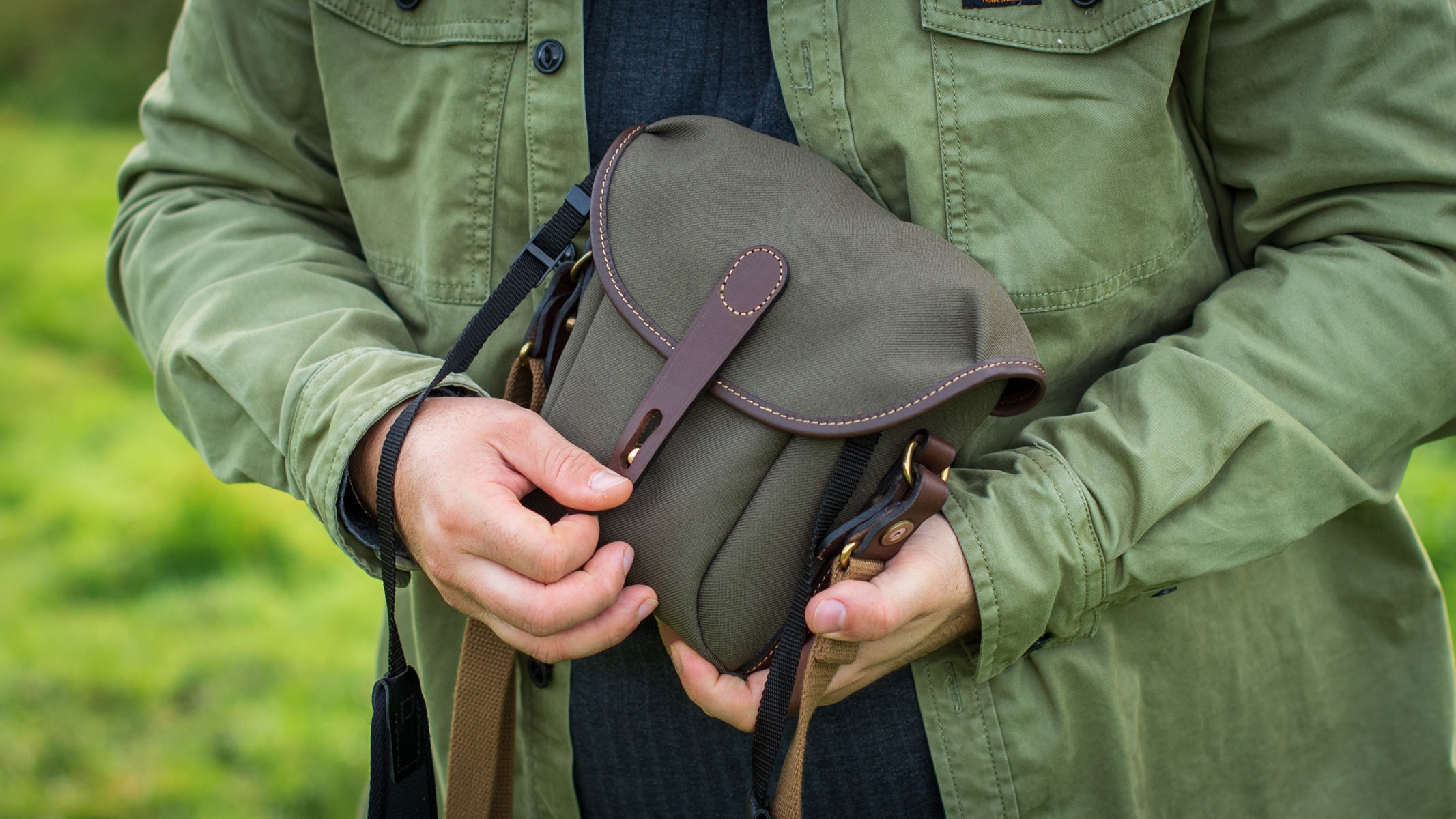
When paying a premium price we expect premium results. And while the Noctivids certainly perform outstandingly optically and look stylish from all angles we were a little confused not to find a tripod mounting point for a binocular adapter. Sure, it could be argued that at 10x magnification this isn't strictly necessary because the wide-ish field of view is enough to compensate for any wobbling during observation, but there are plenty of other 10x42 binoculars that do have it, so this omission seems odd. Presumably, it has something to do with the double hinges on the binoculars (one at the rear and one at the front) but for nearly $5,000 we'd have liked the option.
The eyepiece cup assembly, as featured on many Leica binoculars, can be removed by extending the twisting eyecups all the way to the maximum and then a further notch. At this point the eyecups start to descend toward the eyepieces again, but a gentle pull towards the eyepieces sees the assembly lift off ready for maintenance or cleaning in hard-to-reach areas. This final down-turn of the eyecups is helpful for keeping them from being accidentally removed during use, something which even the similarly priced Ultravids do not have.
Should I buy the Leica Noctivid 10x42 binoculars?
Possibly our favorite ever binoculars, with supreme sharpness, excellent light transmission and absolutely stunning looks, the Leica Noctivid 10x42 binoculars are outstanding. However, this premium quality does come with a premium price tag and if you don't have $4,800 to drop on a pair of binoculars then they might not be for you.
The Noctivids reviewed here appeal to a particular market where a big investment is okay and observing with some of the best optics is required. Beginners will benefit perfectly from owning them, should their budgets and passions stretch.
If this product isn't for you
Thousands of dollars cheaper, we've named the Bushnell Forge 15x56 as number one in our best binoculars buying guide. They have two whopping 56mm objective lenses to gather up all the light, even when it's starting to run out around twilight and into the night. Their 15x magnification is also helpful in situations where small, faraway subjects are harder to see with a more generalist 10x pair, such as small songbirds or stars and asterisms.
Half the price of the Bushnell's again, we'd recommend the much more portable Olympus 8x42 Pro which we've named our number two favorite in the best binoculars guide. They're lighter than the Noctivids and smaller too, but still feature high-quality lens coatings for some of the best light transmission in their class.
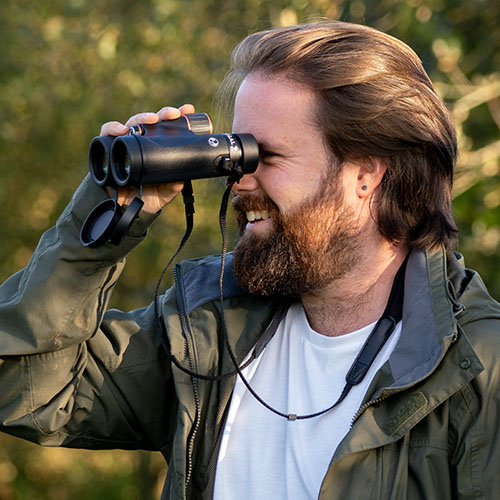
Jase Parnell-Brookes is the Managing Editor for e-commerce for Live Science and Space. Previously the Channel Editor for Cameras and Skywatching at Space, Jase has been an editor and contributing expert across a wide range of publications since 2010. Based in the UK, they are also an award-winning photographer and educator winning the Gold Prize award in the Nikon Photo Contest 2018/19 and named Digital Photographer of the Year in 2014. After completing their Master's degree in 2011 and qualifying as a teacher in 2012, Jase has spent the last two decades studying and working in photography and publishing in multiple areas, and specializes in low light optics and camera systems.
